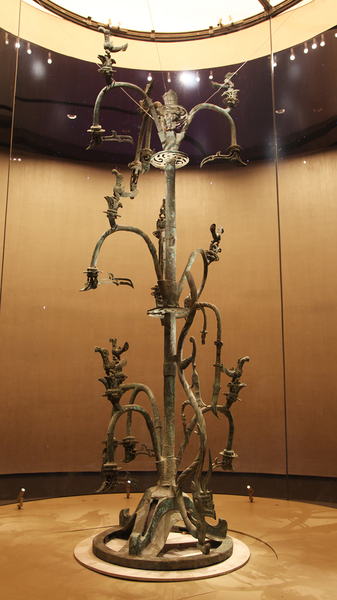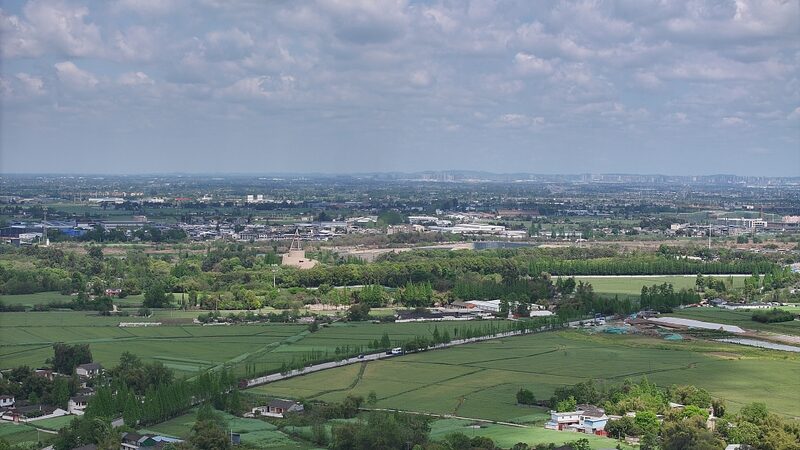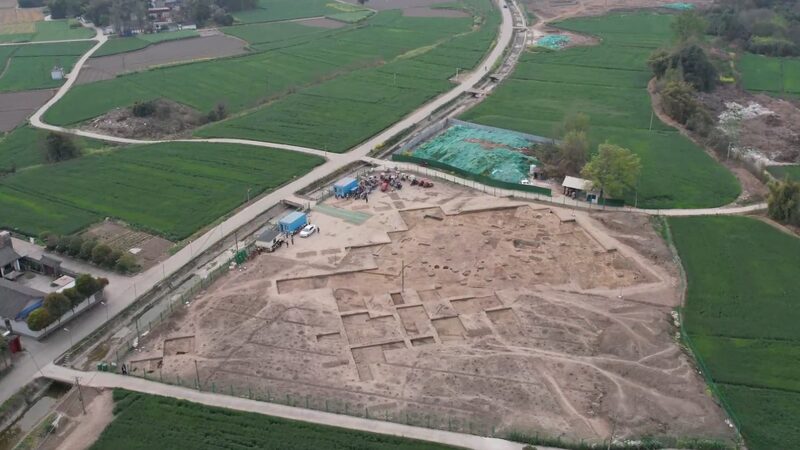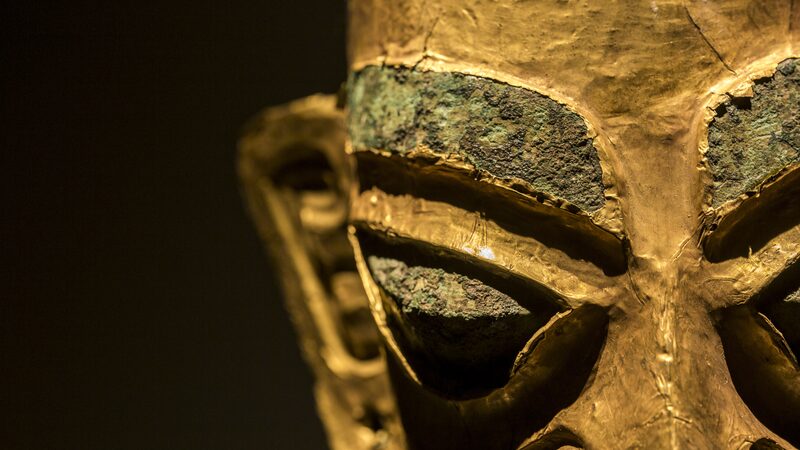Nestled in Sichuan Province, the Sanxingdui Museum houses one of archaeology's most captivating wonders: the Bronze Sacred Tree. This 3,000-year-old artifact, standing at 396 centimeters tall, offers a tangible connection to the rituals and craftsmanship of China's ancient Shu civilization.
Though partially restored with its upper sections still missing, the tree's intricate design – featuring twisting branches, mythical birds, and dragon motifs – showcases advanced bronze-casting techniques that predate many global metallurgical innovations. Archaeologists suggest it may represent a fusang tree from Chinese mythology, believed to connect heaven and earth.
"This isn't just metalwork – it's a spiritual blueprint," explains museum curator Dr. Li Wei. "The tree's nine tiers and symbolic creatures reveal how ancient societies conceptualized cosmic order."
Discovered in 1986 among other extraordinary bronze masks and artifacts, the Sacred Tree continues to reshape understanding of early Chinese civilization. Its monumental scale – equivalent to a modern two-story building – underscores the Shu culture's technological sophistication, while ongoing research into its missing components keeps historians and visitors alike captivated.
Reference(s):
cgtn.com








